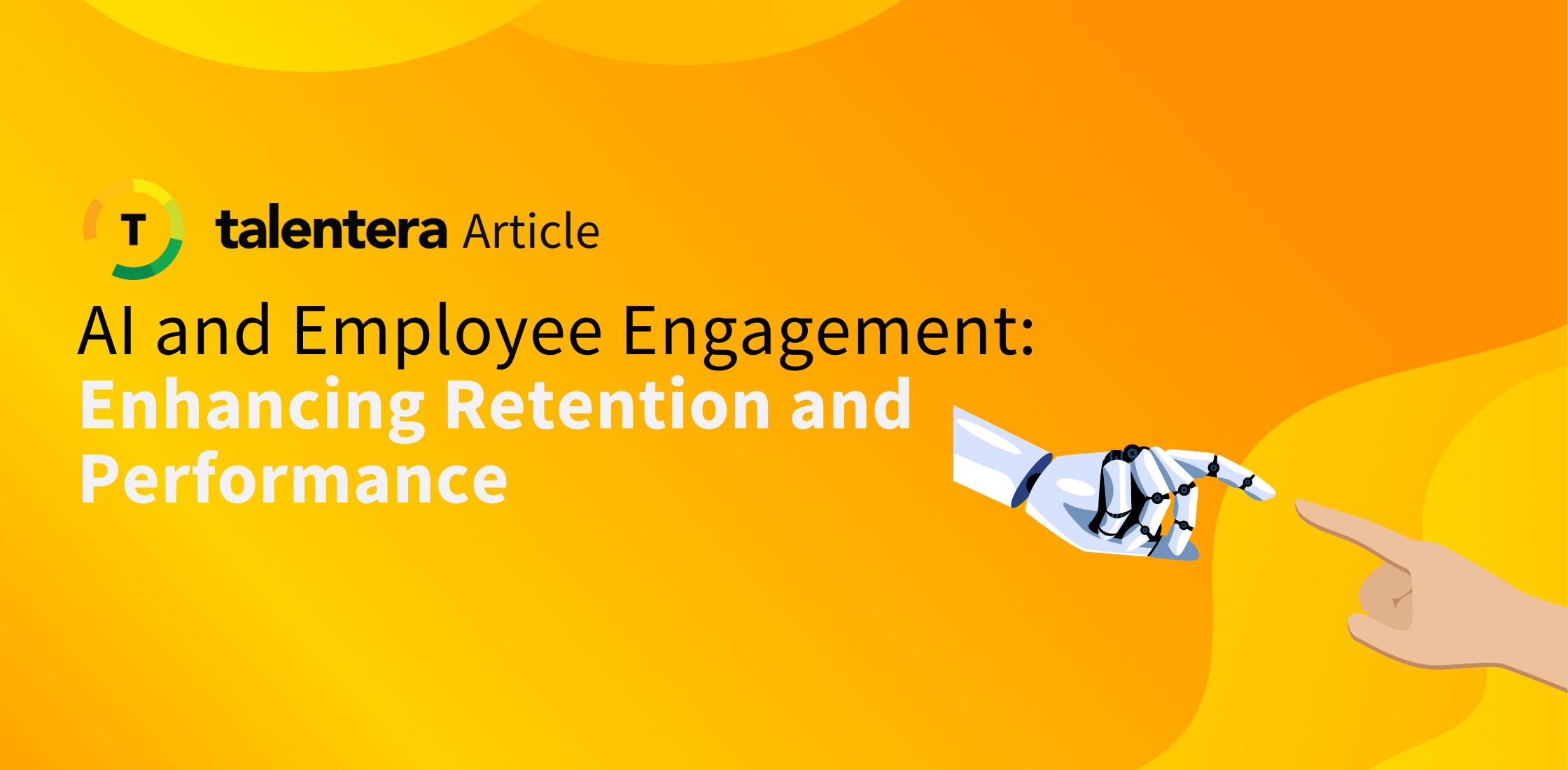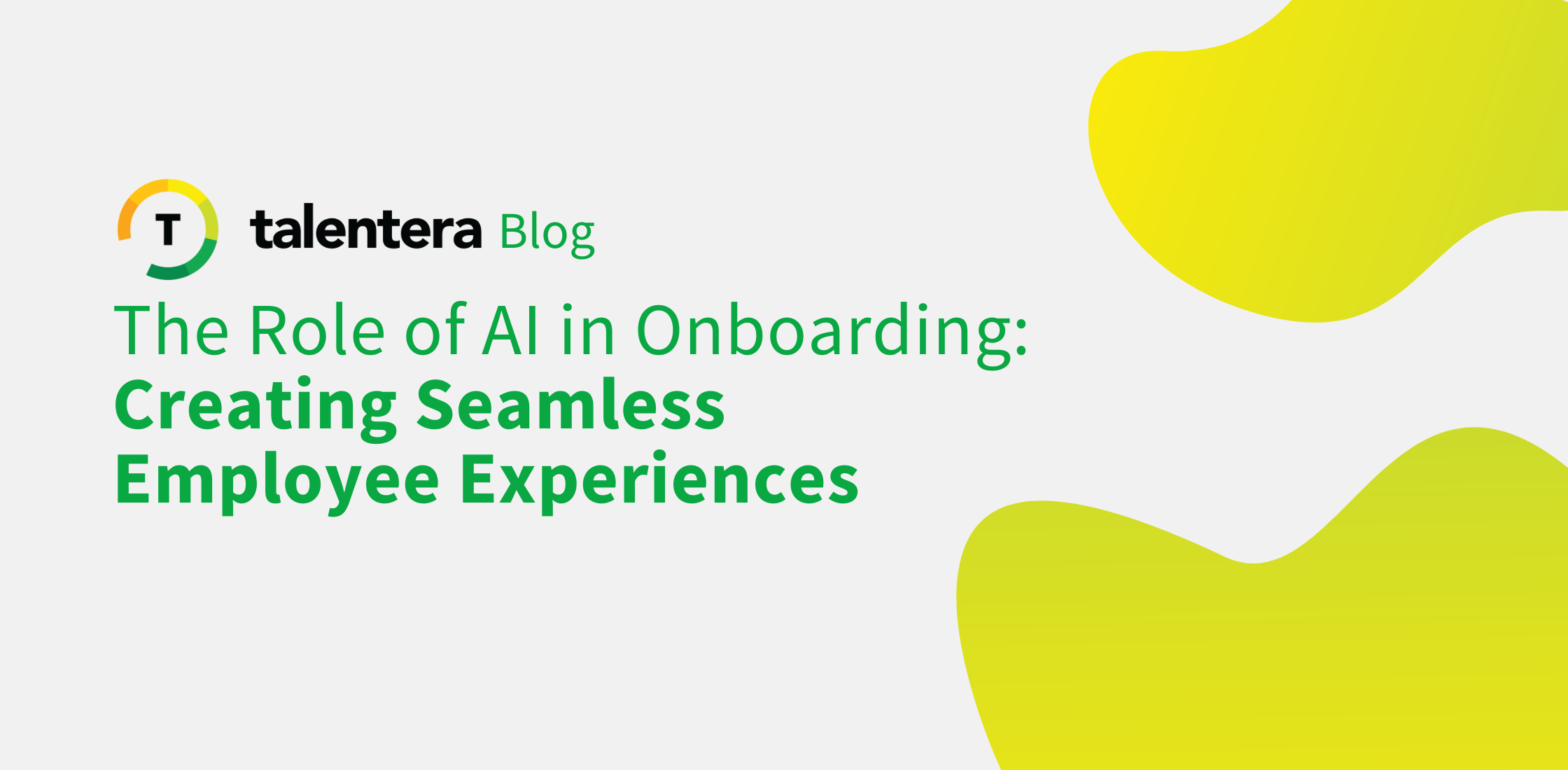
Employee referrals are an impactful way of sourcing great talent. These new hires furnish the lowest cost-of-hire, accept job offers 17% more often and exhibit better culture-fit resulting in higher retention rates. Being the top talent sourcing method out there, employee referral programs were bound to fall prey to some unfounded misconceptions. Here are the four most common Employee Referral Program (ERP) myths and why you should not believe them:
1. It’s all or nothing: You either don’t need an ERP or it is all you need
The ‘all or nothing’ principle is notorious for both being common and pervasive and applying it to your referral program yields no exception. Many people believe that employee referrals will come in naturally if you have a great working environment with a stellar Employee Value Proposition. Although the premise is correct, word-of-mouth continues to be the slowest way of marketing, even when it comes to your employer brand. It is essential to catalyze this process by providing your employees with a formalized, easy-to-use system that makes it easy for them to participate and for your recruiters to track referrals and rewards.
Similarly, companies that go all guns blazing with a high-tech ERP without paying much focus to the value they provide to their employees experience disastrous results. The backbone of your ERP is the number of participants that it has and the most organic way of reaching high participation is working on employee satisfaction. Remember, happy employees will naturally recommend their best connections. You need to deliver value for your ERP to work therefore working on your employer brand should be your top priority if you wish to convert your employees into job ambassadors. Think of your Employee Referral Program as a tool that complements a great employer branding strategy rather than an all-in-one talent sourcing solution.
2. It’s either too simple or too hard
Clearly, most of the misconceptions regarding ERPs come from believing in the extremes. The mistake that most companies make when setting up their referral system is believing that it will work with minimal input. How hard can it be? An employee submits a referral, the candidate is evaluated and the employee is granted a bonus when their referral is hired. Sounds simple enough but this myopic approach ignores several gray areas. For instance:
i) What happens if the referred candidate already exists in the company’s talent pipeline?
ii) What happens when two employees refer the same candidate?
iii) What becomes of the bonus if a referral quits before the amount is paid out to the referring employee?
iv) How would you handle a situation where a manager refers a candidate knowing that they have the final call in hiring someone for that specific opening?
To keep your ERP running like a fine-tuned machine, you need to cover all these bases. Set parameters on what qualifies as a referral without over-complicating the requirements. After all, no employee wants to read pages on the prerequisites for their referral to qualify.
These are just some of the technicalities that you need to clear out. Once the referrals start coming in, they’ll have to be organized and centralized to prevent your HR from missing out on a great candidate. As the referral pool grows, you’ll need a system that helps you filter through it all to reach the most relevant profiles and makes it easy to share them and enrich them with feedback. Sounds complicated? It doesn’t have to be if you use the right technology. If you have an ATS, ask your providers to develop an Employee Referral module that automates all your requirements. By doing this, you will make the program very user-friendly for your employees and recruiters alike and this will boost program participation across your company.
3. More money means better referrals
The problem with this belief is two-fold. In expecting that higher monetary incentives will bring better referrals, we believe that money is the most important motivator for employees when participating in the employee referral program. Whereas in reality, not only has this been proven to be false, higher monetary incentive is more likely to improve the quantity of referrals received rather than their quality.
Although getting a bonus is nice, people generally submit referrals either to help a friend, to help their employer or to gain business credibility. In the light of Google’s attempt at doubling the cash reward in their ERP to no real results, we can conclude that one size doesn’t fit all. Get creative with your bonus structure and include non-monetary rewards. You can go with early offs, paid leaves, premium parking space and raffles with company products as gifts. Another good way of getting better referrals without cracking the bank is by keeping your ERP top-of-mind so that employees are always pursuing to close a vacancy with their personal connections. Read Bayt’s article on ‘6 Powerful Methods to Promote your Employee Referral Program Internally’ to learn more on this.
4. The more hires you make with your ERP, the better
Congratulations, you’re making hires with your ERP! This is possibly the most commonly reviewed metric when assessing an ERP’s performance. However, it’s best if you practice some caution if this number grows too large. According to HR experts, when it comes to the percentage of total hires made through referrals, a company should aim for anywhere between 25-40%. It’s easy to be delighted with a larger number because it points to a higher ROI for your referral program but at the same time, you risk developing an employee population that is far too homogenous where workforce diversity starts to become a point of concern. You also stand a risk of positioning the program and the company as a place that hires friends rather than top quality talent.
As with any program designed for people, success depends largely on design and the participation of both the leadership and the employees. Whether you’re planning to launch an employee referral program or if you want to improve on the one you currently have, setting aside these four misconceptions will help you get one step closer to making some valuable hires this year.






